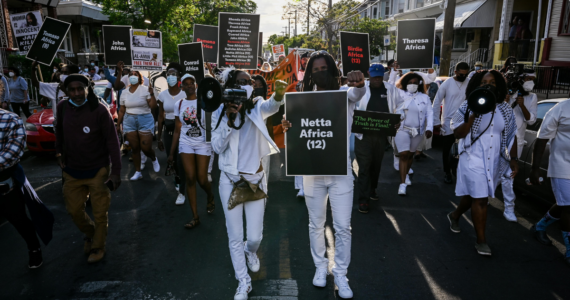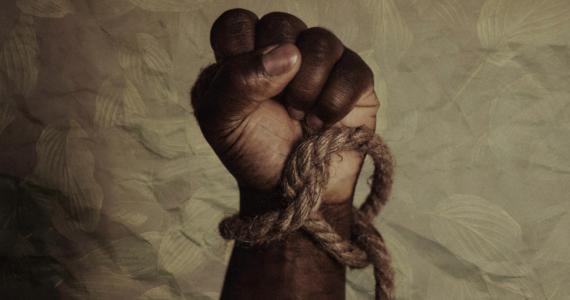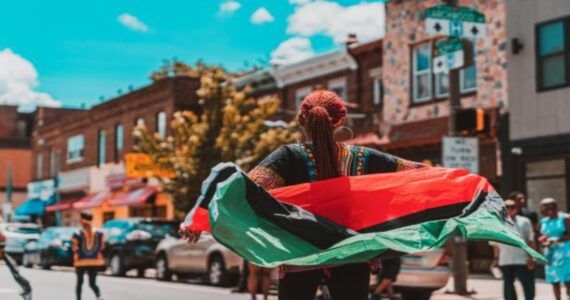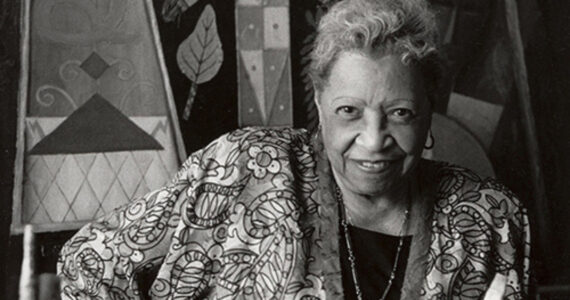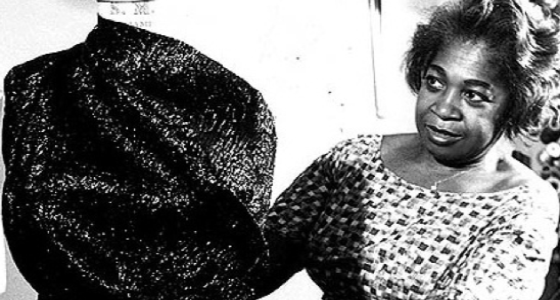Juneteenth—celebrated every June 19—commemorates the moment in 1865 when Union troops arrived in Galveston, Texas, to enforce the Emancipation Proclamation, finally freeing the last enslaved Black Americans. It has since become a federal holiday and a powerful symbol of Black liberation, culture, and resilience. But to fully honor Juneteenth, we must also confront the tragedies that followed that freedom—especially the horrific destruction of Black Wall Street just weeks before the holiday in 1921.
The Tulsa Massacre and Its Shadow Over Juneteenth
On May 31 and June 1, 1921, the Greenwood District of Tulsa, Oklahoma—a prosperous Black community known as “Black Wall Street”—was burned to the ground by white mobs in one of the most violent acts of racial terrorism in U.S. history. Over 1,200 homes and businesses were looted and destroyed. Historians estimate that up to 300 Black residents were killed, and thousands were left homeless. The attack was triggered by a false accusation against a young Black man, and city officials not only failed to intervene—they were complicit.
While the massacre ended by June 1, the trauma and devastation for the Black residents of Tulsa was far from over.
What Happened in Tulsa After the Massacre
In the weeks and months following the massacre, Tulsa’s Black residents faced a second wave of devastation. Survivors were placed in internment camps, held under armed guard, and forced to carry “green cards” to move around the city. Many were not allowed to leave unless a white employer vouched for them.
Meanwhile, local authorities and white insurance companies refused to pay out claims for the destroyed businesses and homes. Instead of assisting with rebuilding, Tulsa passed new fire ordinances that made it virtually impossible for residents to reconstruct their properties. The city blocked Black families from returning to their land—land that was then quietly sold or repurposed.
This cruel bureaucracy ensured that much of Greenwood’s wealth—built over generations—was lost forever.
The Highway That Buried History
Even decades later, the destruction of Black Wall Street continued—this time under the guise of progress. In the 1960s, Tulsa city officials approved the construction of Interstate 244, a major highway project that sliced directly through the heart of Greenwood. The highway displaced families, razed what little had been rebuilt, and permanently disrupted the community’s economic and social cohesion.
This was not an accident—it was a common tactic used in cities across America, where infrastructure projects were intentionally routed through thriving Black neighborhoods under the federal highway system. The placement of I‑244 became a final act of erasure, burying not just Black Wall Street, but the memory of its brilliance.
Juneteenth and Greenwood: Two Sides of the American Story
It is not a coincidence that the destruction of Black Wall Street and the celebration of Juneteenth occur in the same month. The proximity is symbolic. Juneteenth celebrates the delayed promise of freedom, but Greenwood’s story reminds us that that promise was—and still is—under constant threat.
Together, they form a fuller picture of Black life in America: resilience in the face of delayed justice, brilliance in the face of oppression, and loss in the face of systemic violence.
A Call for Memory, Accountability, and Truth
To honor Juneteenth fully, we must also remember Greenwood—not just as a tragedy, but as a symbol of what Black communities can build and what systems have destroyed. Reparations for survivors and descendants, justice through historical recognition, and investment in historically Black neighborhoods are part of the ongoing work.
Juneteenth is a celebration—but it’s also a reckoning.
What does Juneteenth mean to you? Should Greenwood’s story be a larger part of how we commemorate the holiday? Let us know in the comments below.
Follow MEFeater on Twitter, Instagram, Facebook, and Pinterest for the latest headline news.



